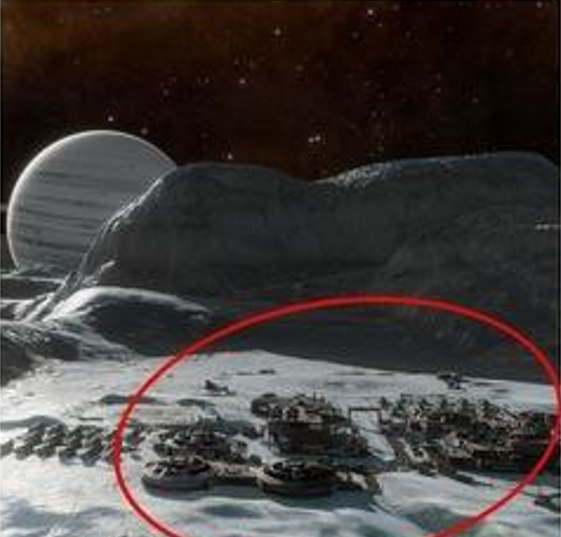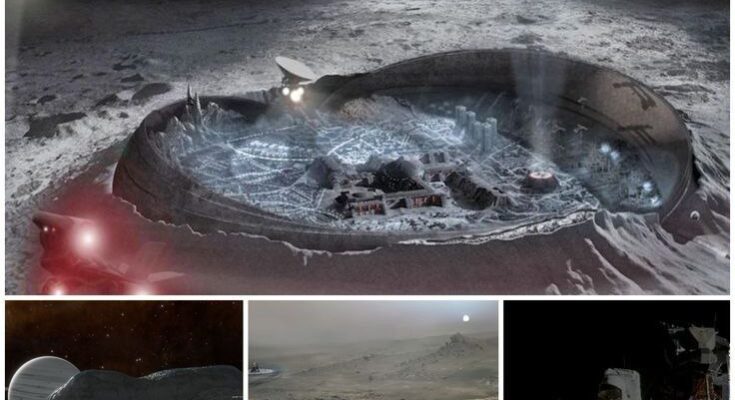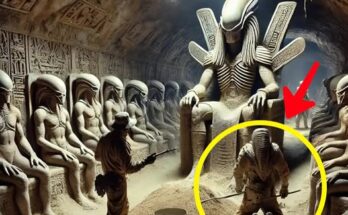
Lunar Mystery Solved: Scientists Find Gigantic Formation 300 Kilometers Below Moon’s Exterior
Scientists have long been fascinated by the mysteries of the moon, with its barren landscape and enigmatic surface features. One of the most puzzling questions has been the origin of a gigantic formation located 300 kilometers below the moon’s exterior. For years, researchers have debated the possible explanations for this massive structure, but now, a team of scientists has finally cracked the case and uncovered the truth behind this lunar enigma.

The discovery was made using data collected by NASA’s Lunar Reconnaissance Orbiter, which has been orbiting the moon since 2009. By analyzing the gravitational field of the moon, researchers were able to map out the distribution of mass beneath the lunar surface. What they found was a massive, dense structure located deep beneath the moon’s crust, stretching over 1000 kilometers wide and reaching depths of up to 300 kilometers.
So, what exactly is this mysterious formation? According to the researchers, it is likely a remnant from the moon’s violent past. They believe that this structure is the result of a massive impact that occurred billions of years ago, when a large asteroid or comet crashed into the moon’s surface, creating a massive crater. Over time, the debris from this impact settled and condensed, forming the dense mass that we see today.

This discovery not only sheds light on the moon’s tumultuous history but also has important implications for our understanding of planetary formation. By studying the moon’s interior, scientists can learn more about the processes that shaped our solar system and how celestial bodies evolve over time.
Overall, the resolution of this lunar mystery is a testament to the power of scientific inquiry and the ingenuity of researchers. Through innovative techniques and cutting-edge technology, we are able to unlock the secrets of the universe and unravel the mysteries that have captivated us for centuries. As we continue to explore the wonders of space, who knows what other discoveries may be waiting for us, just waiting to be uncovered.



